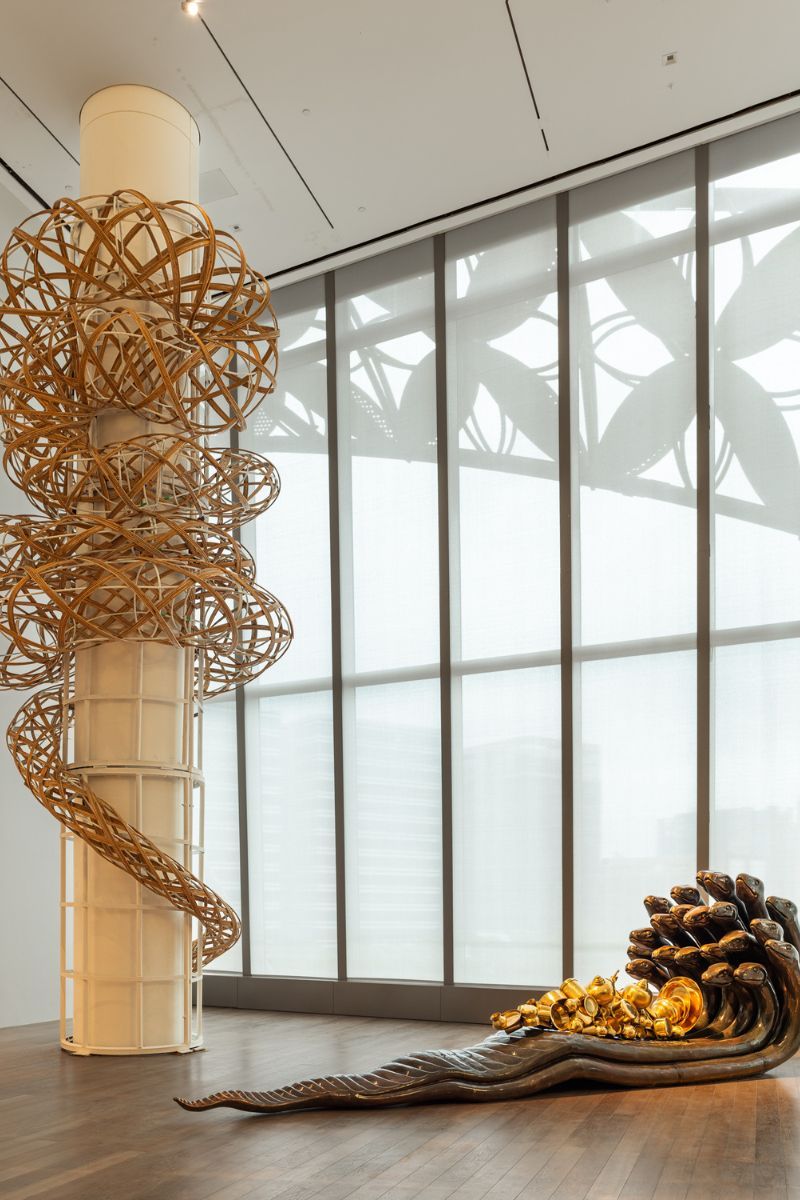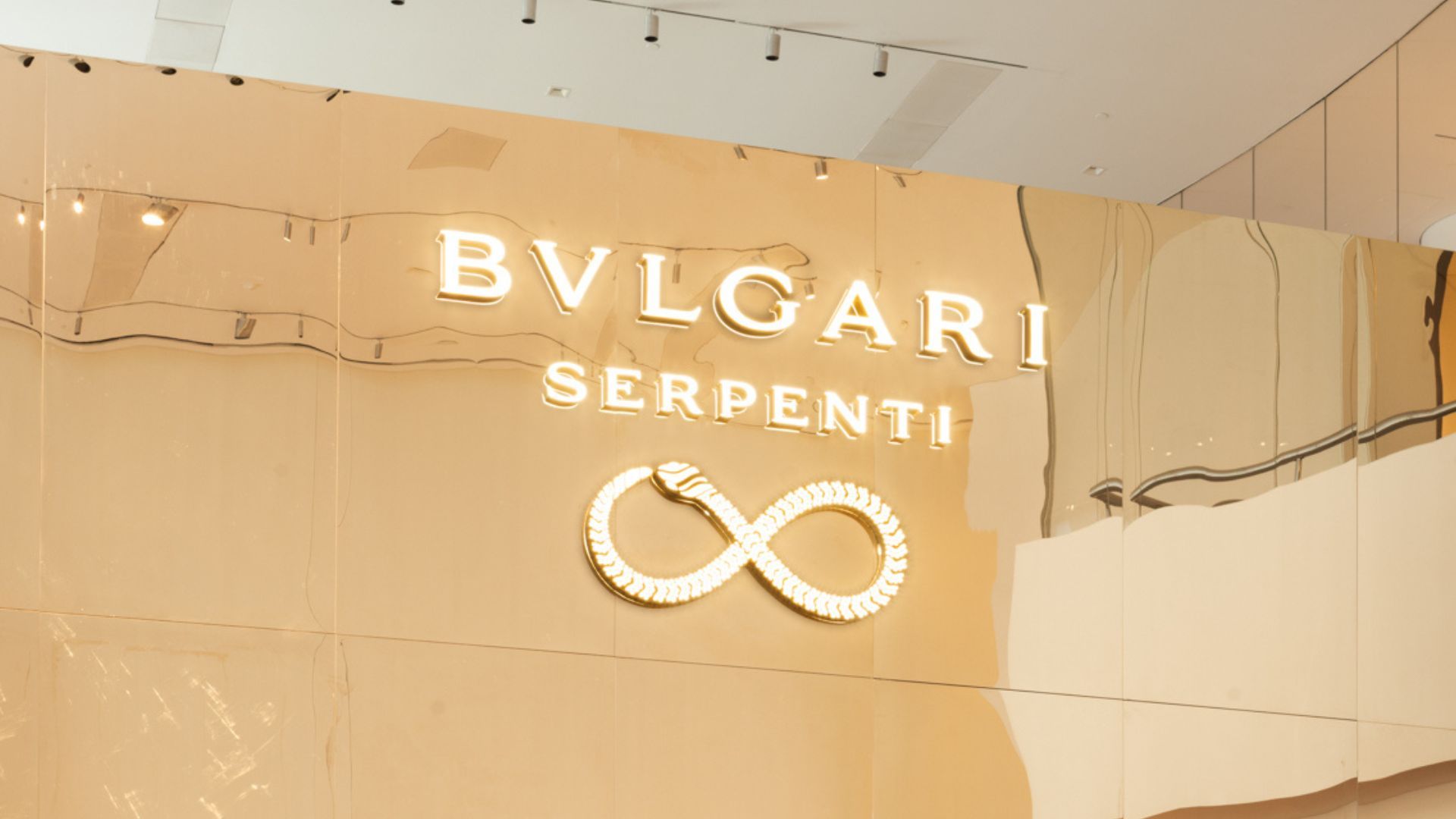Few luxury icons shapeshift quite like Bvlgari’s Serpenti. Since 1948, it has been a watch, a bracelet, a belt, an enamelled coil, a Tubogas fantasy in gold. Each generation has reinvented it, but the snake never loosens its grip. In 2025, Serpenti has become something larger than jewellery — a travelling exhibition, part brand manifesto and part cultural mirror. After Shanghai and Seoul, Serpenti Infinito has now slithered into Mumbai’s Nita Mukesh Ambani Cultural Centre via the production chops of gallerists Nature Morte, and with it comes a conversation about heritage, art, and where the two intersect.

At the press preview, CEO Jean-Christophe Babin set the tone by framing the snake as a universal constant. “The snake is the only animal admired, worshipped, sometimes feared in every culture of humankind,” he said, pointing out how civilisations continents apart — with no contact, no exchange — arrived at similar interpretations. It is protector, fertility symbol, eternal transformer, and thus, he argued, the perfect emblem for Bvlgari. Then came the sort of line CEOs don’t usually allow themselves: “I’d love to be a snake. They shed their skin every year.” The remark drew laughs, but also spoke to why the Serpenti endures. Reinvention isn’t an option for the snake; it’s the point. Babin didn’t limit himself to grandiose claims either. He spoke fondly of Lucia Silvestri, the maison’s long-serving creative director, painting an image of her wandering Rome with a notebook in hand, drawing inspiration from chance encounters. In an industry addicted to ego, it was a small but telling choice — spotlighting the quiet engine of design rather than himself.
If Babin played philosopher, Priyanka Chopra Jonas played poet. “India is and will always be home, so seeing Serpenti Infinito come here for the very first time feels incredibly special,” she said. She spoke at length about gemstones sourced in Indian bazaars, about the brand’s decades-long relationships with local craftspeople, and about its refusal to shy away from colour when others play safe. Long-winded, perhaps, but passionate in a way that made sense. Chopra has always been a consummate brand ambassador, but here she was more than a face in a campaign; she was claiming ownership, reminding us that India has always been inside Bvlgari’s story, even if the exhibition stage is only now catching up.
That was the mood in the room before we were ushered into the exhibition itself: relaxed yet attentive, celebratory but not overblown. The rhetoric of cultural dialogue can feel hollow at luxury unveilings. Here, it landed differently.
Inside Serpenti Infinito
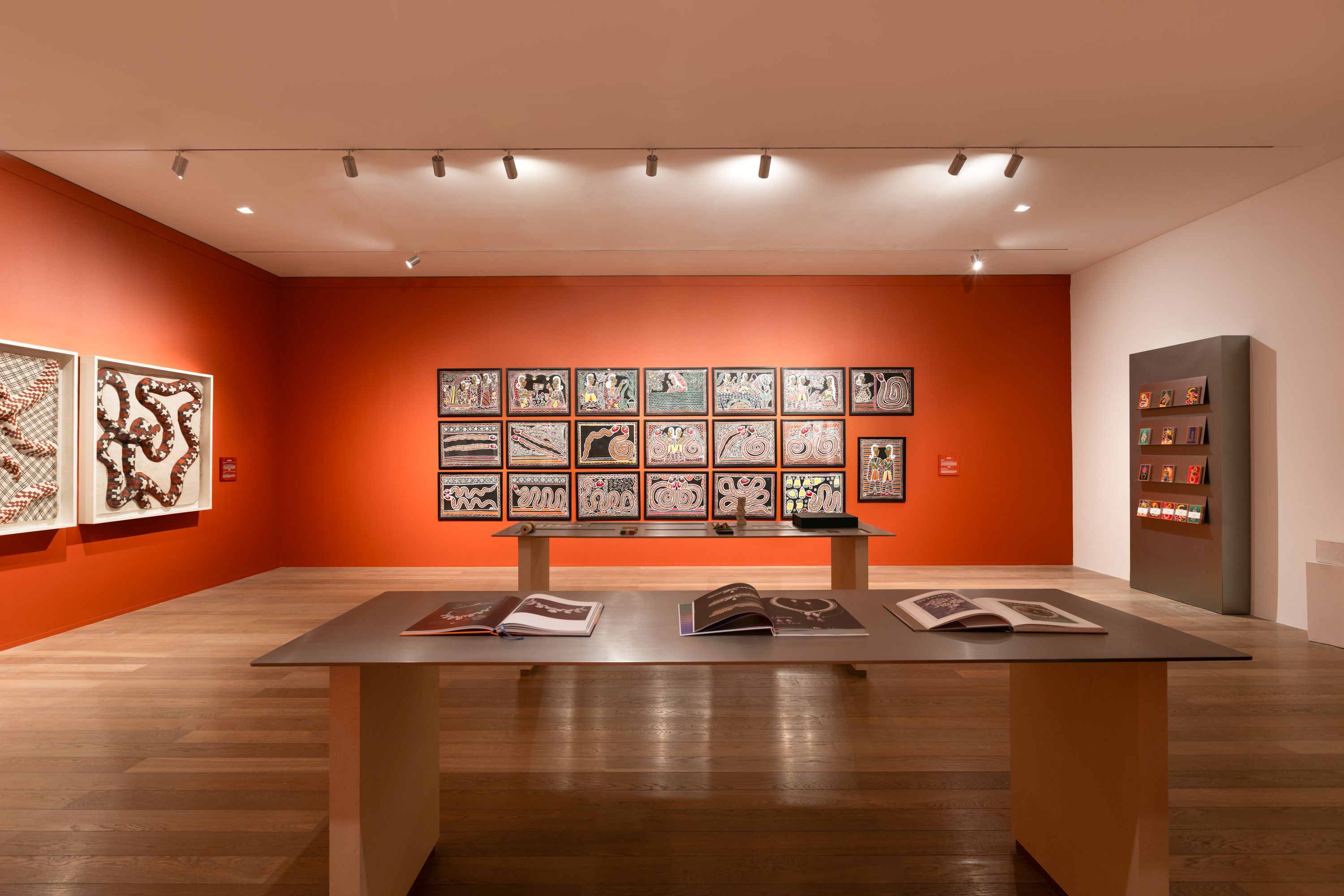
The first chapter, devoted to Serpenti heritage, was a reminder that Bvlgari has always been slightly out of step with its peers — and thank God for that. The 1955 five-coil Pallini bracelet-watch, diamond head glinting like a provocation, still feels strange and modern. The Tubogas watches of the 1960s, with their industrial coils reimagined as luxury, looked radical even in their restraint. These weren’t just jewellery objects; they were proof that Bvlgari never needed to follow trends to be distinctive. To see them in Mumbai, carefully displayed with manuscripts and ritual objects from India’s own naga traditions, was to recognise a through-line: Serpenti as both timeless Roman glamour and a vessel for symbolism older than the brand itself.
From there, the exhibition lunged into spectacle. Refik Anadol’s mirrored Infinito room, a 360-degree AI-powered sculpture of shifting serpentine forms, was the obvious Instagram magnet. Immersive, dazzling, almost cinematic, it drew you in immediately. In the moment, I loved it. Later, over coffee, an art-historian friend casually pointed out its resemblance to Yayoi Kusama’s Chandelier of Grief. That revelation changed the work for me — what had felt radical tilted toward derivative. But maybe that’s the paradox of Bvlgari staging contemporary art: the brand’s skill is precisely in borrowing, absorbing, recontextualising. What feels like theft in the art world can feel like fluency in the luxury one.
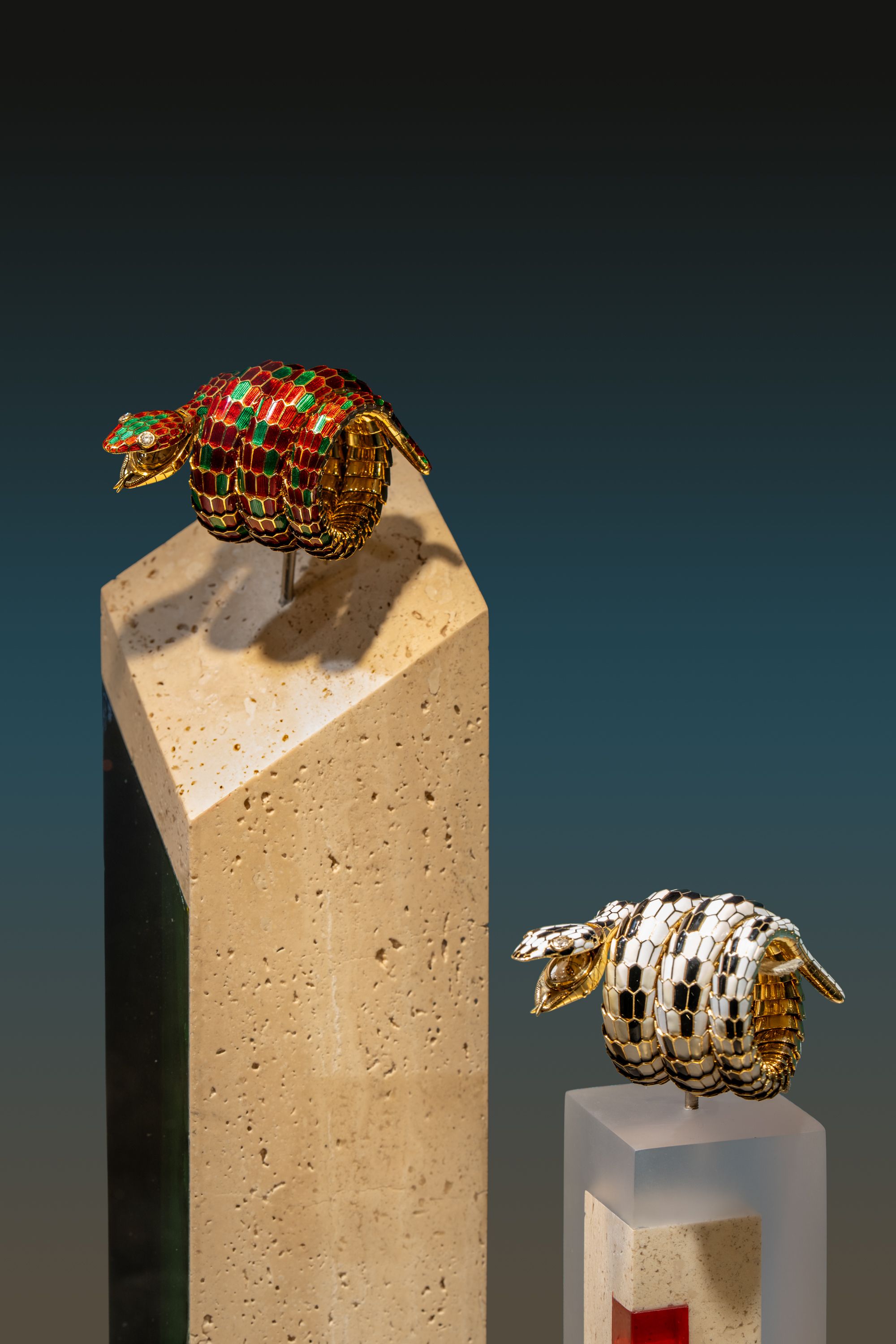
The chapter that lingered longest was the one devoted to Indian folk and contemporary art. Here, the serpent was no longer brand mascot but cultural constant. Bharti Kher’s Medusa, covered in bindis, provoked a charmingly unguarded moment: after curator Sean Anderson’s commentary, an American guest asked what a bindi was. A sari-clad woman pointed to her own forehead, the room chuckled, and strangers briefly became collaborators in decoding a work. Elsewhere, Baua Devi’s Madhubani serpents, Rithika Merchant’s mythic canvases, and the Aravani Art Project’s postcards turned the snake into something textural, lived-in, almost tactile. Anderson himself made a point of framing these works as breaking through caste and class hierarchies — and while not every piece tied neatly back to Serpenti, that didn’t matter. What mattered was the reminder that the serpent belongs to ordinary people as much as to jewellers and collectors.
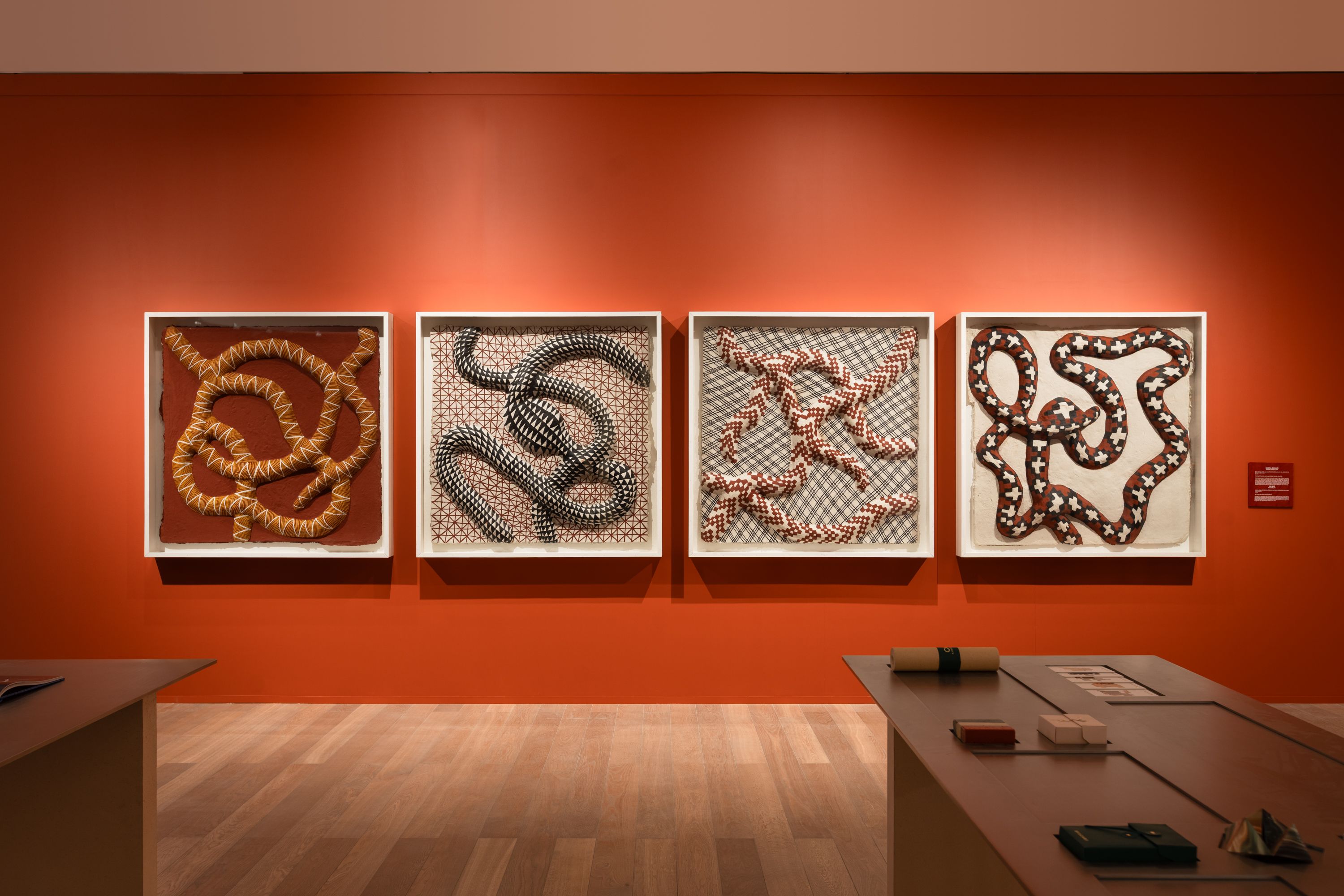
Of course, Bvlgari couldn’t resist a jewellery flourish. The Maharani Secret necklace, coiling around the neck with a 109-carat rubellite at its core, was designed to overwhelm, and it did. The Divine Monsoon, a cascade of 450 welded rose-gold plates studded with coloured stones, shimmered like a storm made wearable. These were not subtle pieces. They were arguments in precious metal that Serpenti can still surprise, still mutate, still demand a stage.
What impressed me most across the show was its texture and cohesion. From heritage artefacts to folk art to high jewellery, the exhibition was carefully composed. It was fluid in its pacing, resonant in its themes, cohesive without being repetitive. And crucially, it felt rooted in India. The serpent already belongs to our mythology, our rituals, our stories. To wear one as a jewel is only one small part of its cultural afterlife. In that sense, the exhibition didn’t feel like a Roman icon parachuted into Mumbai. It felt like something circling back home.
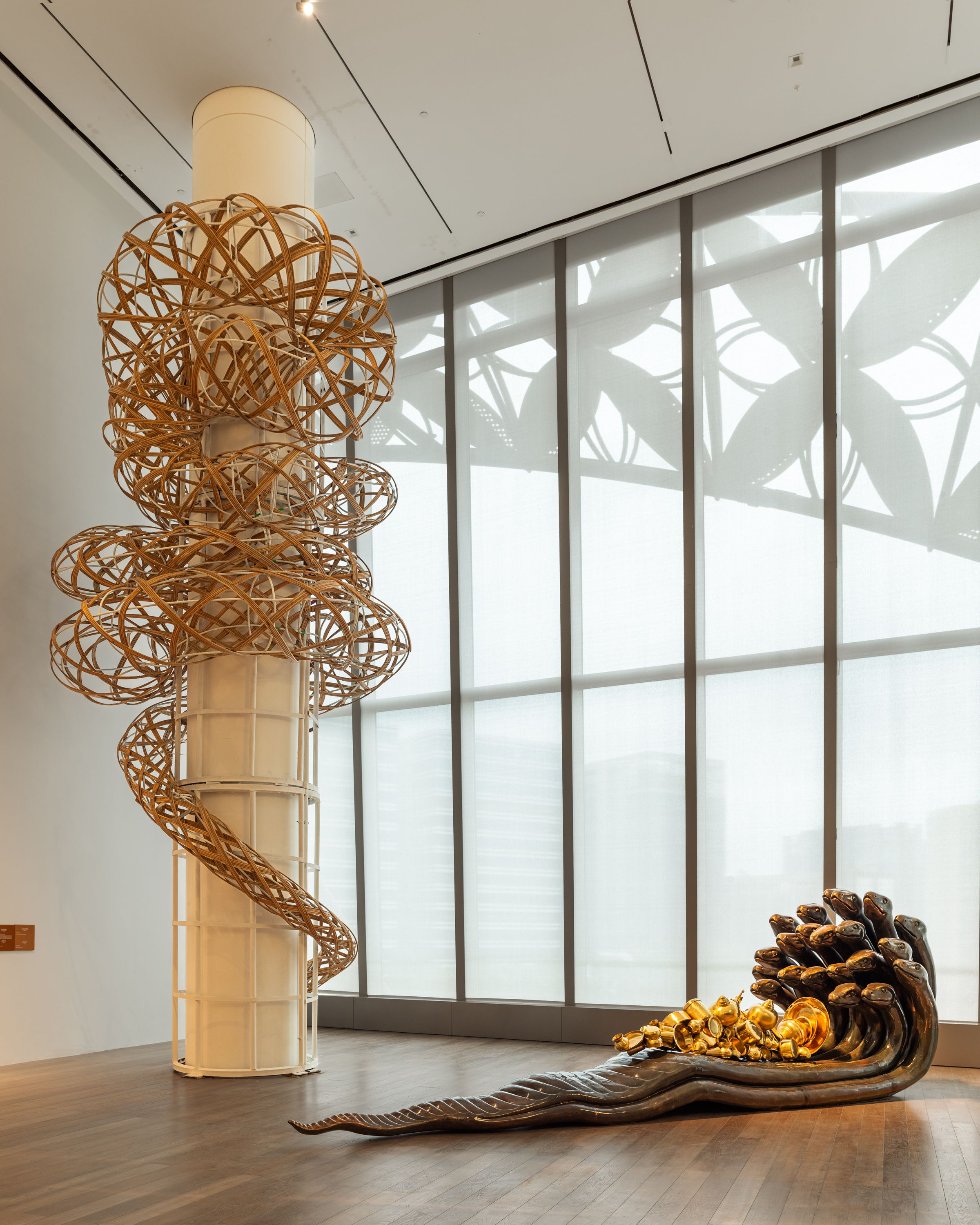
By the end of my walk-through, I realised that what made Serpenti Infinito powerful wasn’t just the mirrored rooms or the 100-carat stones. It was the way the exhibition recognised India not as backdrop but as co-author. For once, a global luxury brand wasn’t simply staging itself here. It was acknowledging that the serpent is already ours — sacred, feared, worshipped — and that its coils in gold are only one version of a story much older. That, more than any rubellite or AI mirror room, is why the exhibition mattered.
Serpenti Infinito runs at The Art House, Nita Mukesh Ambani Cultural Centre, until October 17. Timings: 11am–8pm (Sunday to Thursday) and 11am–10pm (Friday and Saturday). Admission is free, with advance registration on nmacc.com.
